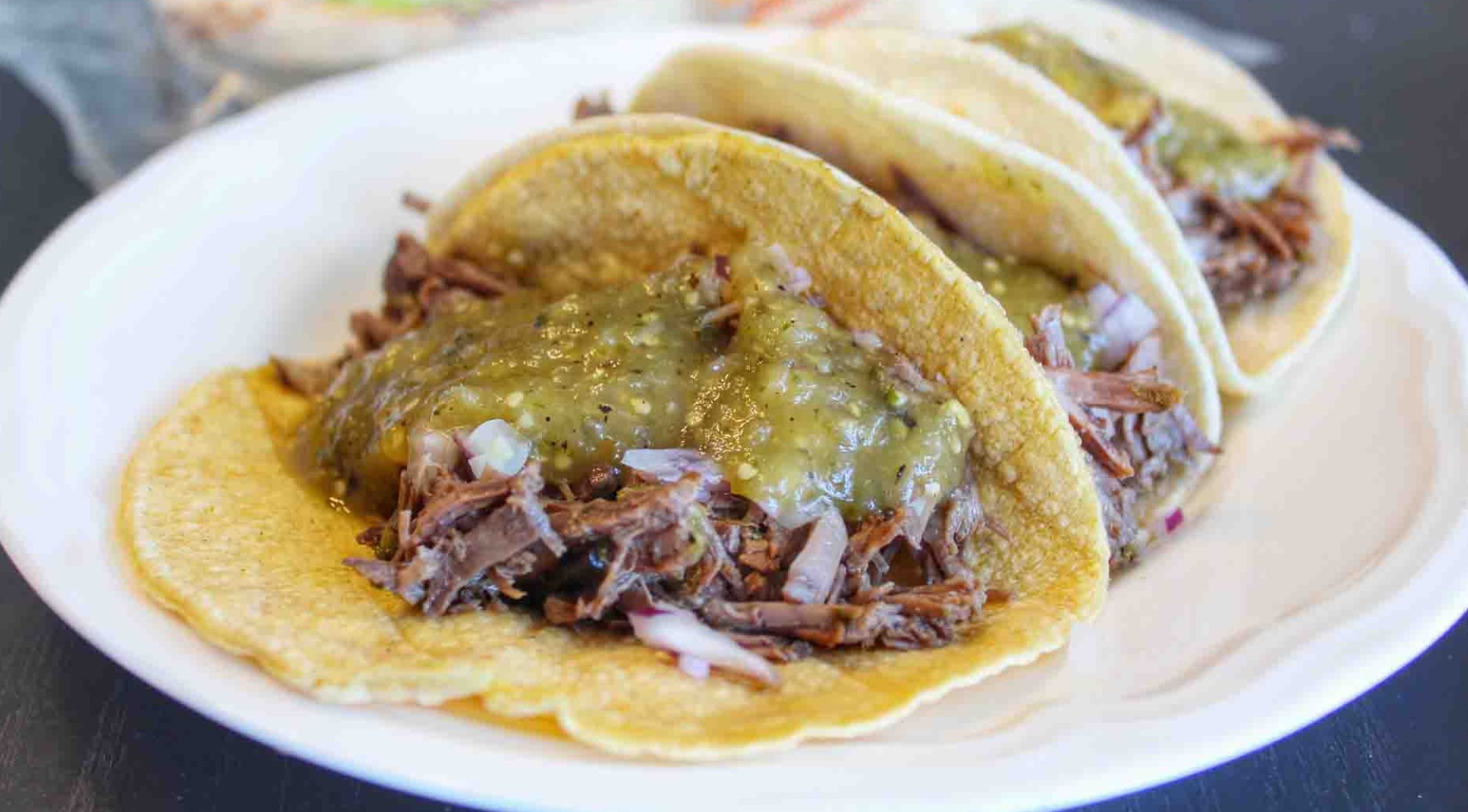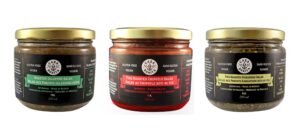
One of the most traditional elements in Mexican cuisine is the use of salsas. However, in North America and specifically in Canada, the word Salsa might be the usual commercial chunky tomato salsa that you can buy at any grocery store. The closest to a fresh salsa you can get, other than the one you can get in a jar for your chips, would be a fresh pico de gallo at a Mexican restaurant.
If we look at the diversity of salsas available in Mexico, there are really not a lot of places where you can get authentic Mexican salsas in the Canadian market. We decided to create a 101 guide on what you should know if you are looking to try new salsa flavours.
How many types of salsa can you find in Mexico?
An exact number might be hard to establish; however, we can confidently say that more than 50 types of salsas exist within Mexican cuisine.
How would you categorize the types of salsas in Mexico?
The Mexican salsas can be categorized in two different ways:
- Type of salsa
- Region of origin
The “type of salsa” is divided into a few sub-categories:
Cooking Salsas – Includes salsas like “mole,” “pipian,” and similar styles that are used for cooking traditional Mexican dishes. These types of salsas are colourful, rich, and more complex as they use multiple ingredients. They usually define the flavours of a particular dish.
While mole is the perfect example of a cooking salsa, made with a great variety of ingredients which include different types of nuts, there are some other great examples like the “adobo” salsas. These salsas are used to dip and preserve certain meats while they are slow-cooked.
Molcajete Salsas – These take their name after the fact that they are prepared on a traditional molcajete. The ingredients are mashed together within the molcajete, and their consistency can vary at the end. There are different styles, and they are commonly used to add to tacos and similar dishes to add heat and extra flavour.
We can find multiple examples in this category, but some of our favourites to add to tacos are the salsa brava, salsa de chile chipotle, salsa macha, salsa borracha, salsa de chile guajillo, and of course, the salsa ranchera. This is just a small sample, as they are many other styles available with different varieties of chilis and other ingredients.
Fun fact, Guacamole is considered within this category. Traditionally the Guacamole we all love to use a dip for our tortilla chips is mashed in a molcajete.
Dipping Salsas & Commercial Salsas – These are the type of salsas used mostly with snacks. There is an overlap between these salsas, but at the same time, these can be different. For example, some of these can be elaborated with a more “homestyle” feeling, making them seem fresher and more consistent. They enhance the flavour while they also add heat to the dishes. Commercial salsas are more about the heat they add to snacks, and they usually are lighter in terms of consistency.
Some good examples of commercial salsas are the salsa botanera or the one made with chamoy.
In terms of the region, we can divide the salsa in three major regions (north, centre, and south) or by the state were created. If we try to classify them this way, we may encounter a challenge as some might be harder to track in terms of origin.
Salsas like the habanero salsa and the ixnipec salsa are staples in the Yucatecan cuisine from the south of the country. The salsa de cacahuate originated from Veracruz, while the salsa de ciruela is from the state or Morelos; Two good examples from the central part of the country. In the north, you can find the salsa güera from Hermosillo.
With that in mind and with our passion for traditional Mexican food, Casa Bonita came up with a brand new line of Salsas last year. These delicious salsas take inspiration from three different regions of Mexico. These are versatile salsas with a very fresh and homestyle feeling and can be easily used to add to tacos, quesadillas or tortas, or used as dipping salsa to match with your favourite chips.
You can find our salsas on our online shop or in some of your preferred groceries stores in Ontario and other parts of Canada. We have three different options:
Wondering if there are interesting facts about salsas? Yes, there are a few interesting things we would like to share with you.
Are there any non-spicy Mexican salsas?
Yes, there are a few options out there if you are not looking for heat but rather some flavour enhancement.
What are the main ingredients in the salsas from Mexico?
“Tomates y chiles” (tomatoes and chilis) are the basic ingredients. However, many recipes include other common ingredients like onions, garlic, or cilantro. Some salsas can be very complex and include a long list of ingredients, like mole that includes a long list of ingredients like cacao, cinnamon, and even bananas.
Any specific processes that can enhance the flavours of salsa?
Frying the chilis or other ingredients like the onions or garlic before mashing them or mixing them can really make a difference and enhance flavours. If a recipe calls for this step, don’t skip it, as this can probably make or break your salsa.


